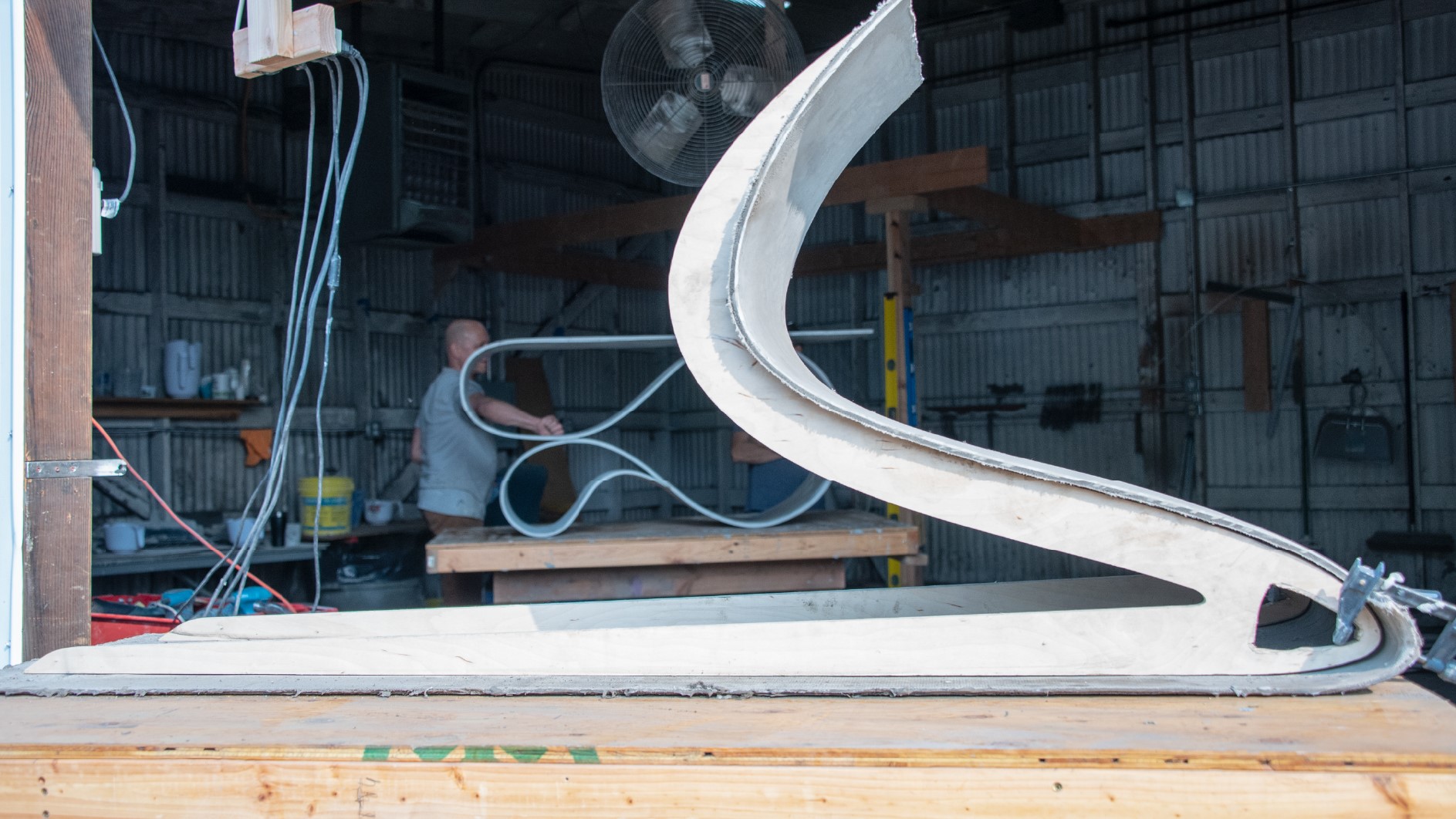House of Finn Juhl: the revolutionary work of a self-taught master
Danish designer Finn Juhl’s heritage is alive thanks to a successful operation on his archives by House of Finn Juhl, a brand founded to give new sense to his Modernist style

One of the main features of Danish design is a respectful attitude towards its origins. Re-editions and redesigns of historic masterpieces is an ordinary fact in Scandinavian culture: in Denmark it has become quite a habit to give new life to heritage products that were put out of production years back. This is the story of Finn Juhl’s works too.
The Danish designer, born in 1912, is considered one of the fathers of the Scandinavian style. But his history is quite extraordinary, even for the rumbling decades of the Thirties and Forties when Modernist design initially started in Denmark.

Young Juhl wanted to be a sculptor, but his family didn’t allow such a decision, so he opted to study architecture. While still at university, he had the chance to collaborate with the iconic architecture master Wilhelm Lauritzen on designing the Danish Broadcasting House, which nowadays is still functioning as the site of Copenhagen Conservatory.
Meanwhile, Lauritzen was also appointed to design the Copenhagen airport, one of the first modernist buildings in Europe to face a technologically complex function in a brand new architectural area.
Learning from the body
Finn Juhl learned how to deal with architecture and design all together. In those years it was quite a habit for the architect to take care not only of the building exterior and interior structures, but also of their furniture and décor. Many products were purposefully designed for public buildings and the original ones are still in use in the same environments.

But Modernist design was too formal and rigid for Finn Juhl’s idea of design: he has never let his sculptural attitude go.
Rather than starting his design process from structural elements – which was the Modernist mantra – Finn Juhl proceeded in by focussing on the body: designing “on the living being” (as he used to say), seizing shapes and dimensions on the real and natural body parts and movements.
Freedom, comfort, informalism: Juhl’s products encompassed a truly user-centered approach that make them still extremely contemporary today.

The Chieftain Chair: Finn Juhl’s masterpiece
Finn Juhl applied his design thinking to an astonishing piece of furniture in 1949: the Chieftain Chair. For the first time in Danish design organic shapes – inspired by the world of art and sculpture – liberated the living room from strict functionalism in both shape, construction and materials.
Its introduction was a ground-breaking moment in Danish design history: the move away from strict modernism, a breath of fresh air that got to be known as Danish modern. Whose father, not by chance, is considered to be Finn Juhl.
The re-birth of an icon
In 2001 Ivan Hansen and Hans Henrik Sørensen were officially trusted with all the exclusive rights to manufacture and launch Finn Juhl’s sculptural furniture by his widow Hanne Willhelm Hansen. This included his most iconic masterpiece: the Chieftain Chair, which in 2012, won the Danish Design Award, Classic.

The jury said in its motivation: ”Today, the Chieftain Chair stands as an inspiration to a new generation of furniture designers and as proof that attention to quality, international calibre and a will to break away from tradition can pave the way to make a difference as a designer”.
Since 2001, House of Finn Juhl has brought back to life more than 50 classic masterpieces with utmost respect for the master’s heritage and legacy.
Strict demands for quality and attention for the designer’s unique compositional work are the main focus of the House of Finn Juhl brand today. The collection is a joyful celebration of Danish design history and the meaningful identity of one of the most revolutionary designers of the Modernist style.
This is Denmark exhibition, staged at Alcova during the Milan Design Week 2023, wishes to offer an overview, through 15 selected objects, of how contemporary Danish creators and companies interpret today the key values coming from their national heritage.

















